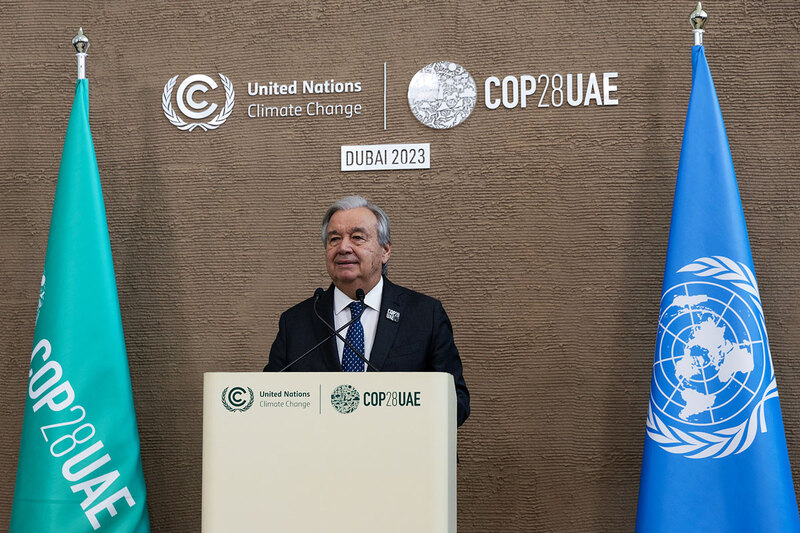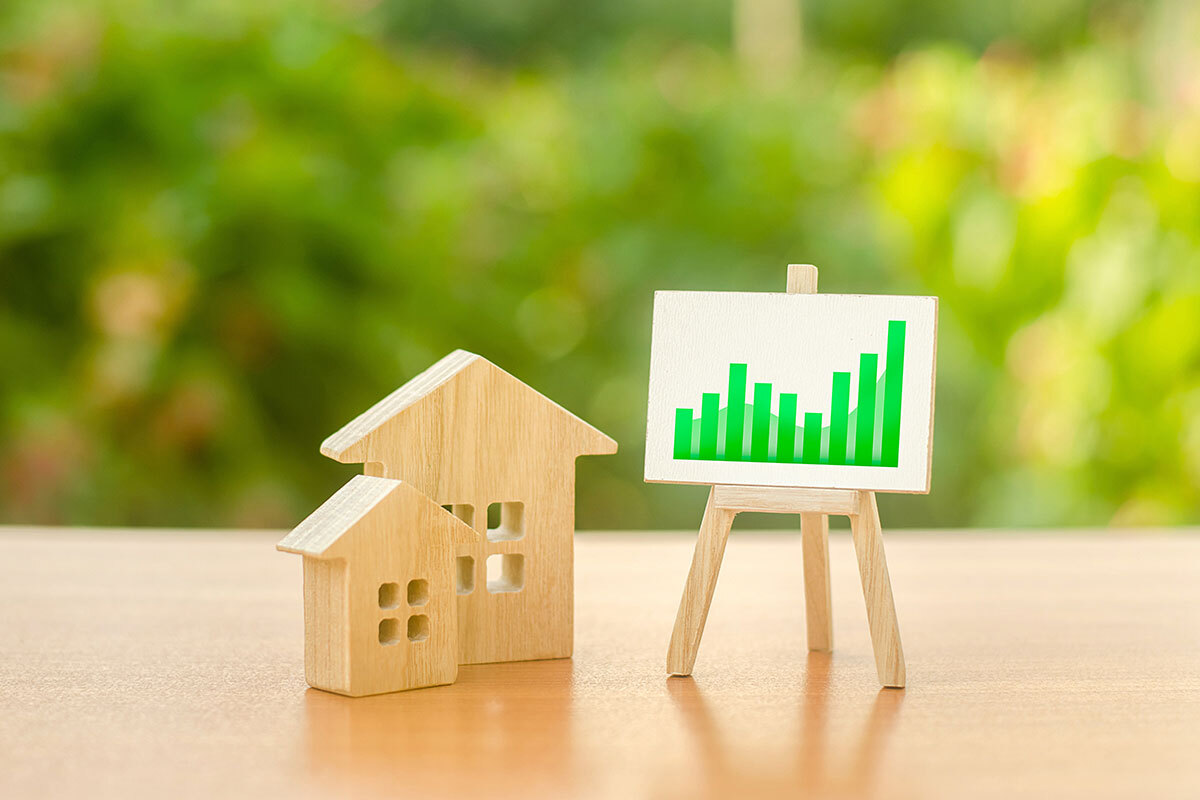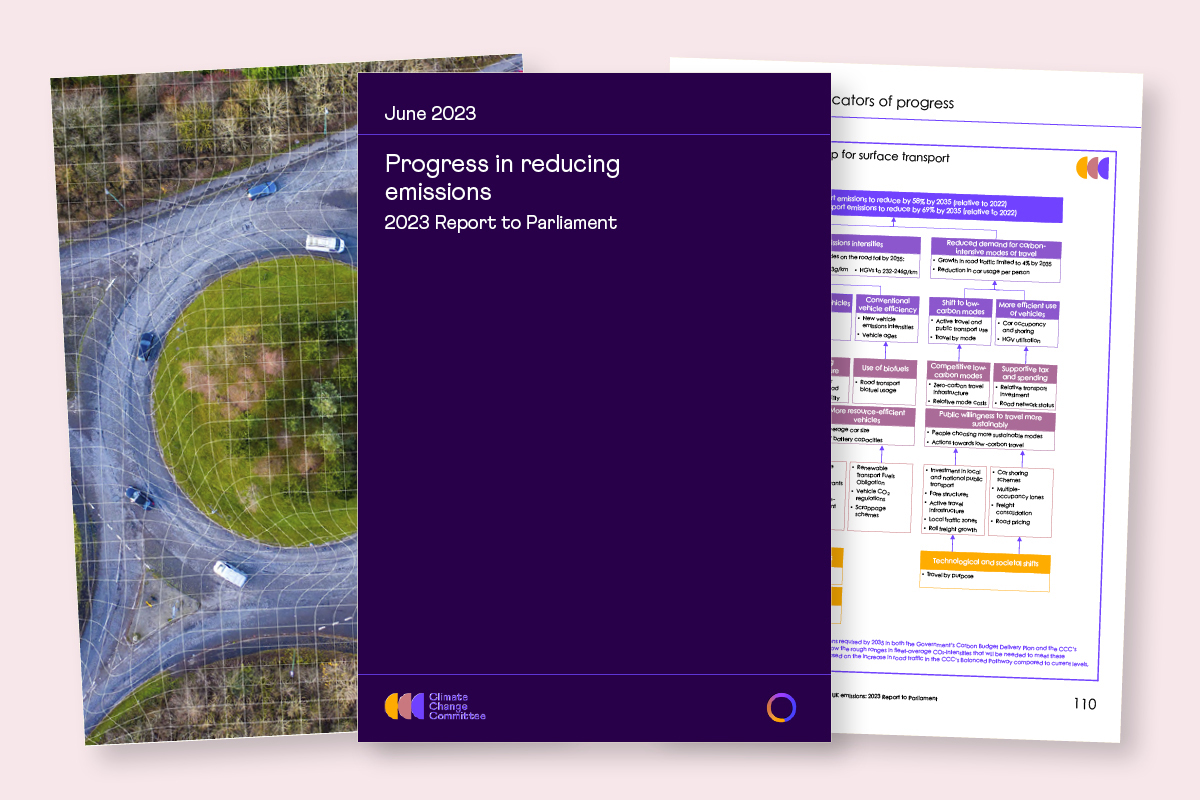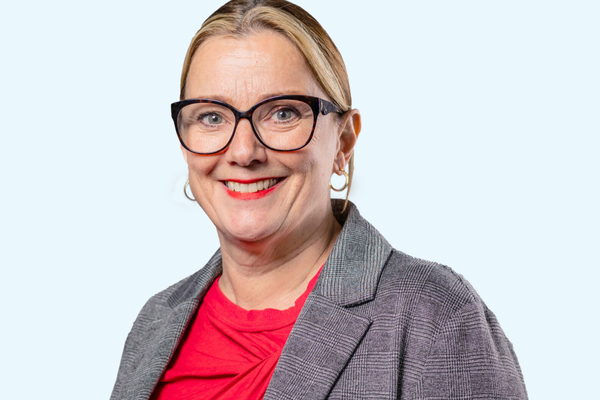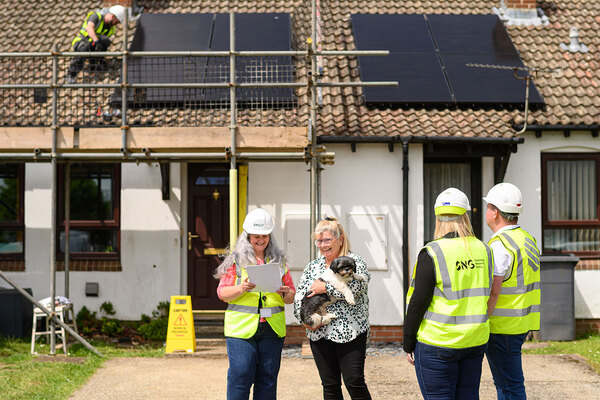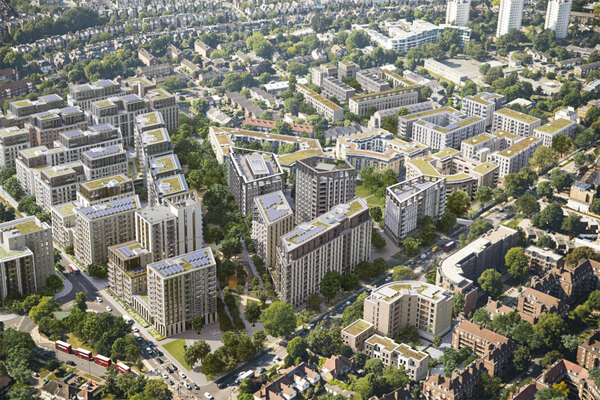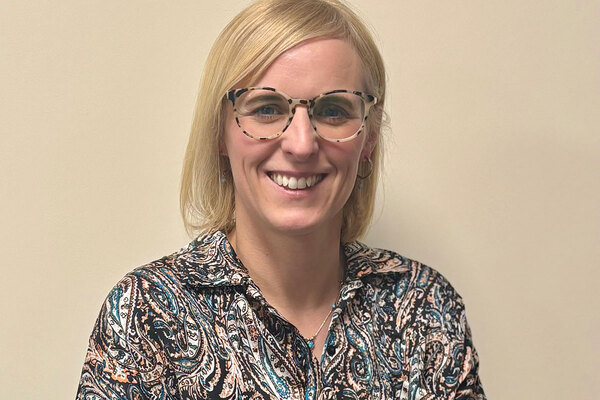You are viewing 1 of your 1 free articles

Danielle Hughes is ESG strategy and communications manager at The Housing Finance Corporation
What is greenhouse gas emissions data telling us about the social housing sector?
More social landlords are reporting on their greenhouse gas emissions. Danielle Hughes says the sector is making progress, but more work is needed to ensure the data is comparable and accurate
The topic of greenhouse gas (GHG) emissions is never under a brighter global spotlight than during the annual, much-publicised COP (Conference of the Parties) meetings, which bring together hundreds of world leaders to review progress towards achieving the international climate targets set out in the Paris Agreement.
This year’s COP28 in Dubai, which just finished, was no different, with the shift away from fossil fuels, sustainable transformation of food and land-use systems, and resilience against the unavoidable effects of climate change taking centre stage.
So how is the UK social housing sector doing regarding its own net-zero journey, particularly when it comes to GHG reporting?
The social housing sector’s GHG reporting journey
With the third year of the Sustainability Reporting Standard for Social Housing (SRS) officially on the books, and with around 140 housing providers and funders having formally adopted the standard to date, it is fairly safe to say that environmental, social and governance (ESG) reporting has become mainstream in the social housing sector.
While individual housing associations are at varying stages regarding the development of their ESG reporting processes, one would be hard-pressed to find a social housing chief executive who doesn’t at least have this on the radar.
GHG reporting is one of the foundational elements of the SRS, with version 1.2 of the standard (for 2022-23), which will be replaced by version 2.0 in 2023-24, requesting respondents to report their Scope 1, Scope 2 and Scope 3 GHG emissions as an ‘enhanced’ criterion.
Scope 1 and 2 emissions, which cover an organisation’s direct and purchased emissions, respectively, are easier to grapple with than Scope 3 emissions, which comprise an organisation’s indirect emissions and are significantly trickier and more expensive to calculate.
Scope 3 emissions are extremely broad, covering emissions across an organisation’s entire value chain. For a housing association, this can mean everything from acquiring the raw materials needed for new development, the energy used by tenants to heat their homes to employee commuting. Scope 3 emissions also make up the largest portion of total emissions for nearly all organisations.
While Scope 1 and 2 emissions have been integrated into an increasing number of SRS adopters’ annual reporting processes, robust Scope 3 reporting is rare. It should be said that this rings true for most industries, not just the social housing sector.
“The existence of multiple online carbon calculators and methodologies just adds confusion to often under-resourced housing associations attempting to measure their carbon footprints”
Insights from Blend’s SRS report
As the leading aggregator for the social housing sector, The Housing Finance Corporation (THFC) is uniquely placed to observe the GHG reporting progress of its borrowers. Blend, a direct subsidiary of THFC, publishes a yearly SRS report of its own, the third of which was out in October 2023. These annual SRS reports reflect the aggregated SRS data of Blend’s 30 borrowers.
Not only does the process of aggregating this data give us the opportunity to monitor progress regarding reported emissions for a significant subset of the social housing sector, but, perhaps more importantly, it also enables us to identify challenges and opportunities attached to the reporting process itself.
While Scope 1 and 2 reporting are more established processes compared with disclosing Scope 3 emissions, GHG emissions reporting as a whole is still in its relative infancy in the social housing sector.
Individual housing associations have different levels of resources to invest in sustainability reporting; among those that are able to focus on carbon disclosures, some allocate this responsibility to dedicated sustainability teams, while others rely on their finance departments to take the lead.
The WRI Greenhouse Gas Protocol may serve as an international standard for calculating emissions, but the existence of multiple online carbon calculators and methodologies just adds confusion to often under-resourced housing associations attempting to measure their carbon footprints.
Compounded by the fact that social housing GHG emissions reporting is not currently required to be audited, inconsistencies are inevitable. At this stage, meaningful emissions comparisons between housing associations are difficult.
Something we noted while compiling our SRS report was inconsistency in the units used to report GHG emissions. Some associations reported in kilograms of carbon dioxide equivalents and others in metric tonnes. The intended units were often unspecified, leaving an element of ambiguity in the data we received.
On a positive note, the response rate for the GHG reporting criterion was the highest we’ve ever received. Twenty-three housing associations attempted a response this year, compared with 17 in 2021-22. This is heartening and highlights the fact that positive momentum regarding emissions reporting continues to grow.
“Eventually, external auditing will need to enter the picture to foster even greater data credibility for those that rely on this data to make financial decisions”
Looking ahead
The reporting of GHG emissions has advanced dramatically in the social housing sector in recent years. While only a handful of housing associations were attempting to disclose this information a few years ago, several dozen housing associations have now integrated this process into their annual operations and report this information each year.
Clearly, though, there is more progress to be made in standardising GHG emissions calculations so that genuine comparisons can be made and credible year-on-year progress can be shown – both at the individual and collective level.
The progress housing associations are making is encouraging, but clearer direction on GHG reporting (especially for Scope 3) is needed for the social housing sector to realise the full extent of the benefits associated with carbon disclosures. Eventually, external auditing will need to enter the picture to foster even greater data credibility for those that rely on this data to make financial decisions.
At THFC, we are inspired each day by the social housing sector’s steadfast commitment to making its services and operations more sustainable. We have no doubt that the social housing sector will continue to be a driving force for positive change as the UK progresses towards net zero.
Danielle Hughes, ESG strategy and communications manager, THFC
